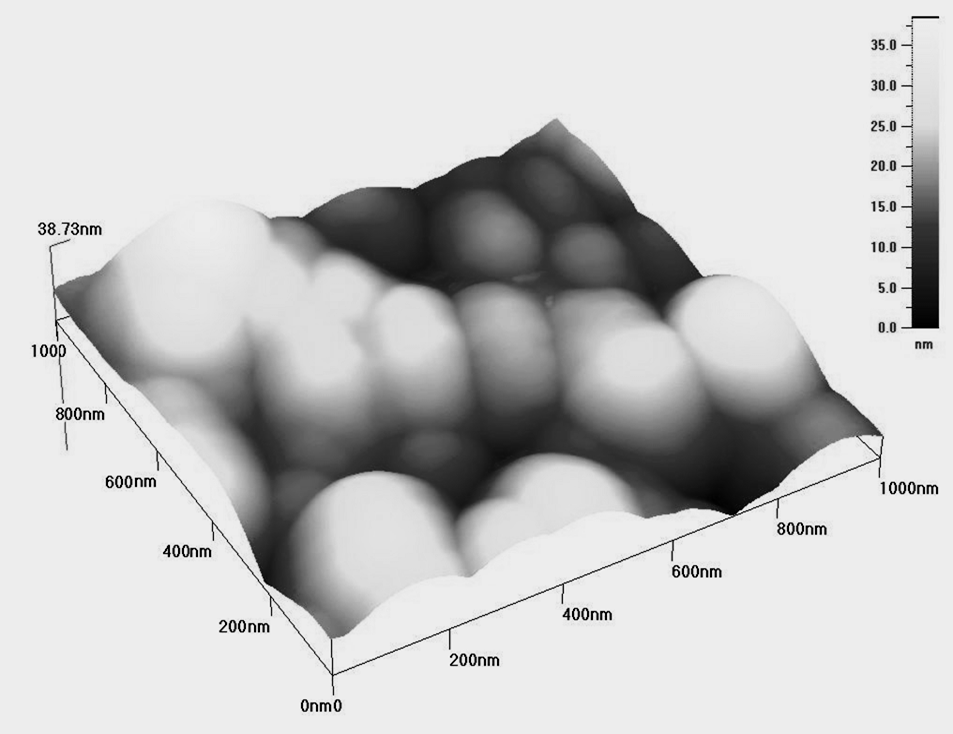NanoRoughness MEA Content and Training
Overview
Go to the Nano Education Research Page
Overview
This group consists of resources from a workshop that introduces MEAs and then focuses on the Nano-Roughness MEA. The DAY 1 Training, DAY 2 Training, and DAY 3 Training presentations walks through all of the included resources. All of the materials are in the resource tab. Some materials are only accessible to group members; please request to join. We welcome and encourage group discussion.
Summary of Categories:
Impact on nanoHUB users
Mathematical modeling is a fundamental concept that science, technology, engineering, and mathematics (STEM) students need to learn. It is the foundation for simulation development, which is crucial for engaging students in building tools for nanoHUB. This group focuses on enabling other instructors to teach mathematical modeling through model-eleciting activities to prepare their students to utilize and contribute to nanoHUB.
Model-Eliciting Activities (MEAs)
What is an MEA?:
Model-Eliciting Activities (MEAs) are open-ended modeling problems that challenge students to work in teams to solve complex problems with realistic applications (Diefes-Dux, Hjalmarson, Miller, & Lesh, 2008). Lesh and his mathematics education colleagues spearheaded the development of the Models and Modeling Perspective (M&MP) (Briggs, 2007) and the six design principles that guide the development and implementation of MEAs (Lesh, Hoover, & Kelly, 1993; Lesh, Hoover, Hole, Kelly, & Post, 2000). These principles ensure problems are set in realistic contexts that elicit mathematical model development and require a natural documentation trail. These activities expose students’ internal thought processes and conceptual understandings via their approach to solving a given problem (Briggs, 2007). These principles, when paired with engineering practices, are the foundation for the design, implementation, and assessment of MEAs in the FYE program (Diefes-Dux, Zawojewski, & Hjalmarson, 2010).
References:
Briggs, M. “Chapter 4: Models and Modeling: A Theory of Learning” In Bodner, G. M. and Orgill, M. K. (ed.) 2007. Theoretical Frameworks for Research in Chemistry/Science Education. Prentice Hill, pp. 72-85.
Diefes-Dux, H. A., Hjalmarson, M. A., Miller, T. K., & Lesh, R. (2008). Chapter 2: model-eliciting activities for engineering education. In J. S. Zawojewski,, H.A. Diefes-Dux, & K. J. Bowman. (Eds.), Models and modeling in engineering education: designing experiences for all students (pp. 17-35). Rotterdam, the Netherlands: Sense Publishers.
Diefes-Dux, H.A., Zawojewski, J.S., and Hjalmarson, M. (2010). Using Educational Research in the Design of Evaluation Tools for Open-Ended Problems. International Journal of Engineering Education. Vol. 26 (4), pp. 807-819.
Lesh, R., Hoover, M., and Kelly, A. “Equity, assessment, and thinking mathematically: Principles for the design of model eliciting activities.” In I. Wirszup and Streit (ed.). 1993. Developments in school mathematics education around the world. Vol. 3. Reston, VA: National Council of Teachers of Mathematics.
Lesh, R, Hoover, M., Hole, B., Kelly, A., and Post, T. “Principles for developing thought-revealing activities for students and teachers.” In A.E. Kelly and R.A. Lesh (ed.). 2000. Handbook of Research Design in Mathematics and Science Education. Mahwah, NJ: Lawrence Erlbaum. pp. 591-645.
Nano-Roughness MEA
The Nano-Roughness MEA is a model-eliciting activity that challenges students to define what roughness is on the nanoscale and then determine the roughness of sample materials based on data collected through an Atomic-Force Microscopy (AFM). This MEA is further described by Zawojewski, Diefes-Dux, and Bowman (2008) throughout their book about mathematical models in engineering education. More content about this MEA can also be found on the following group page.
This is a graphical representation of one sample, a portion of the data that the students are given for this MEA.

References:
Zawojewski, J. S. , Diefes-Dux, H.A., & Bowman, K. J. (2008). Models and modeling in engineering education: designing experiences for all students (pp. 17-35). Rotterdam, the Netherlands: Sense Publishers.